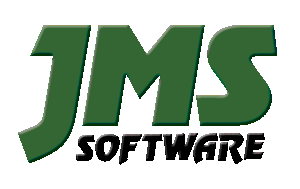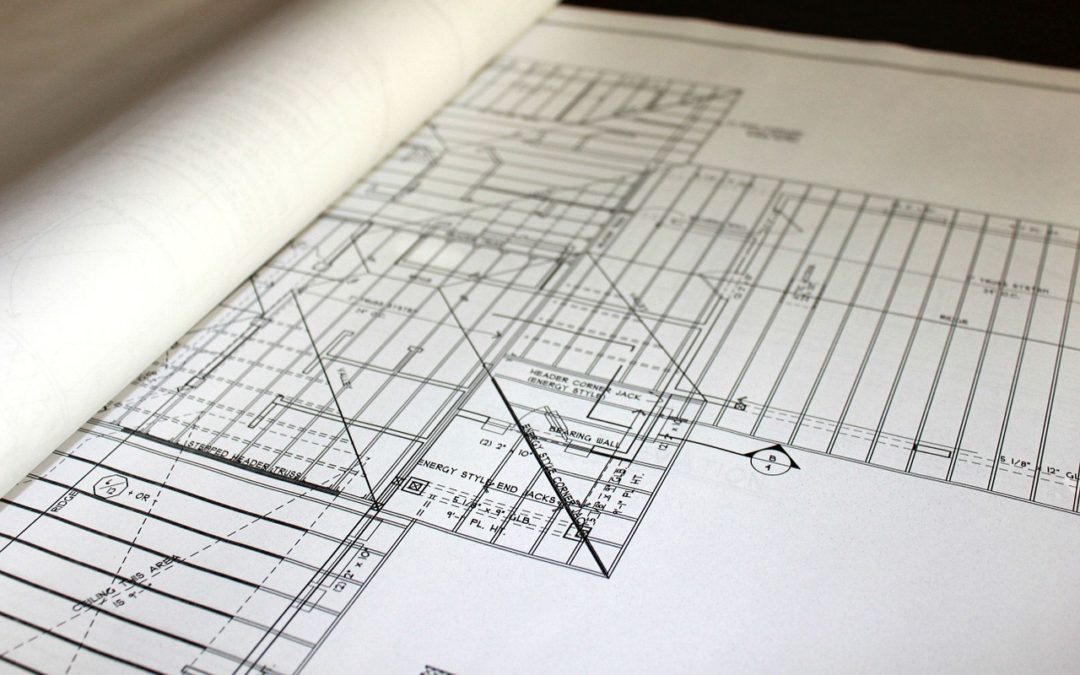Maintenance Software Information
Please let me introduce myself, most of you know me as Mac Smith, but you may also recognize me as Anthony M. Smith, author of the McGraw Hill book titled Reliability-Centered Maintenance. I've been in the RCM business now for some 16 years, and over that time have had the privilege of working with hundreds of craft personnel and maintenance professionals from a host of Fortune 500 companies, as well as NASA and DOD.
The purpose of this column is to share with you some of my experiences and views on RCM and maintenance issues, and to receive your comments or questions that may be of interest to the maintenance community. In future columns, I intend to comment on topics such as the 80/20 rule, classical vs. streamlined RCM, failure mode and failure cause confusions, hidden vs. evident failure, the difference between failure finding and run-to-failure, selecting PM intervals and other such topics. I'd like to hear from you on topics that should be considered for future columns.
Selecting Accurate PM Frequencies
Whether initiating a new Preventive Maintenance (PM) program for your plant, or upgrading the Return On Investment (ROI) from your existing PM resources, you need to answer two basic questions: "What PM Tasks should be performed?", and "When" should these tasks be done?" I would submit that the application of the Reliability-Centered Maintenance (RCM) process, if done properly, will provide the best possible answers to the "What" question. However, contrary to the perception held by some maintenance engineers, RCM does not directly answer the "When" question. In fact, my experience over the past twenty years in working with clients on PM optimization using RCM, the "When" question (referred to as interval, frequency or periodicity) is by far the most difficult issue to solve. So just how can we accurately specify PM task frequency? The answer is ...not so easy.
We have three ways to approach the assignment of a task interval. Here is a brief synopsis of each:
- Ideally, we would like to have a statistically accurate picture of the time-failure distribution of each failure mode for each component in our plant. With such information in hand, we can pinpoint parameters such as mean time to failure (or MTBF if the failure pattern is random) and can precisely define end of life characteristics. Then, we can specify the level of risk that we wish to take verses dollars involved, and accurately define the desired frequency in an appropriate measurement (hours, cycles, days, etc.). The problem here, of course, is that we almost never have enough data to use this approach.)
- The most commonly accepted approach is to use our collective "best judgment", and essentially guess at the frequency. Obviously, if we can't do #1 above, these is little other choice. While the "best judgment" approach is universally employed, my experience says that it usually selects frequencies that are very conservative- e.g., overhauls are done long before they are really necessary. Thus, we waste resources and especially expose ourselves to the risk of human errors if the maintenance action is intrusive in nature.
- There is a third option, and it works! It is called Age Exploration (AE). AE is simply an empirical approach wherein we meticulously determine the as-found condition of an equipment whenever a PM task occurs. If the condition is OK, we open up (or conversely, close down, if necessary) the current frequency before the next scheduled PM is conducted. The problem is that this can take a long time before the correct frequency is finally established. However, if we never start the AE process, then we are destined to live forever with the wrong frequency. (See Ref 1, pages 186 to 189 for more details on AE).
In Summary, we are usually stuck with option #2 above for starters, but considerable savings can accumulate if we also invoke an AE process in those areas where the PM task cost is significant.

